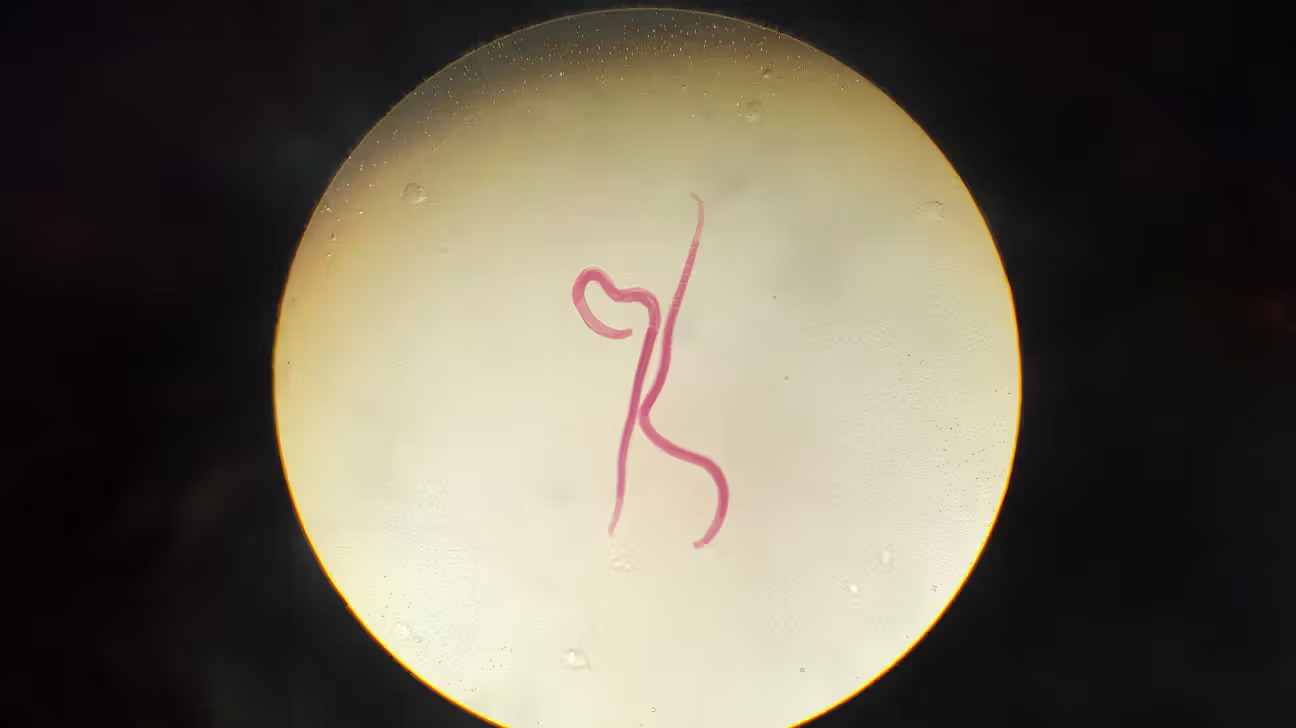Worm infections, also known as helminth infections, are common in many parts of the world, particularly in areas with poor sanitation and hygiene. These infections can cause a range of health issues, from mild discomfort to severe illness, depending on the type of worm and the intensity of the infection. This article explores the lifecycle of common worm infections and highlights the use of medications like Nitazoxanide 500mg in their treatment.
Types of Worm Infections
Worm infections are typically caused by three types of helminths
Nematodes (Roundworms)
These include common species like Ascaris lumbricoides (roundworm), Enterobius vermicularis (pinworm), and Necator americanus (hookworm).
Cestodes (Tapeworms)
Species like Taenia solium (pork tapeworm) and Taenia saginata (beef tapeworm) are examples of cestodes that infect humans.
Trematodes (Flukes)
These include species like Schistosoma which cause schistosomiasis. Each worm species has its own unique lifecycle, but all share common steps that include the ingestion of infective stages, maturation within the human host, and the eventual shedding of eggs or larvae, often to be passed through feces, thus continuing the cycle.
Lifecycle of Common Worms
1. Roundworms (Ascaris lumbricoides)
- Ascaris lumbricoides is one of the largest nematodes affecting humans, and its lifecycle involves both intestinal and respiratory phases.
- Egg Stage: The infection begins when a person ingests Ascaris eggs, typically through contaminated food or water. These eggs are hardy and can survive in the environment for long periods.
- Larval Stage: Once ingested, the eggs hatch in the small intestine, releasing larvae. These larvae penetrate the intestinal wall and enter the bloodstream, traveling to the lungs.
- Migration: In the lungs, the larvae mature further before migrating up the bronchial tree. They are then swallowed and returned to the intestines.
- Adult Stage: In the intestines, the larvae develop into adult worms, where they can live for up to two years, producing thousands of eggs daily, which are passed in the feces to continue the cycle.
2. Pinworms (Enterobius vermicularis)
Pinworm infections are particularly common in children and spread rapidly within households.
- Egg Stage: Pinworm eggs are ingested after coming into contact with contaminated surfaces or food.
- Larval Stage: The eggs hatch in the small intestine, and the larvae mature as they move toward the colon.
- Adult Stage: In the colon, the larvae develop into adult worms. Female pinworms migrate to the perianal region at night to lay eggs, causing intense itching.
- Reinfection: Scratching the area can lead to reinfection as eggs are transferred back to the mouth, or to the spread of eggs to other surfaces, which others may ingest.
3. Hookworms (Necator americanus)
- Hookworms primarily enter the body through the skin, often from walking barefoot on contaminated soil.
- Larval Stage: Hookworm larvae penetrate the skin, typically through the feet, and enter the bloodstream.
- Migration: They travel to the lungs, are coughed up, and then swallowed, eventually reaching the intestines.
- Adult Stage: Once in the intestines, the larvae develop into adult worms, where they attach to the intestinal wall and feed on blood, which can lead to anemia.
4. Tapeworms (Taenia species)
- Tapeworms have a more complex lifecycle, often involving an intermediate host such as pigs or cows.
- Larval Cyst Stage (in animals): Humans become infected by consuming undercooked meat containing larval cysts.
- Adult Stage: In the intestines, the larvae mature into adult tapeworms, which can grow to several meters in length. The tapeworm attaches to the intestinal lining and absorbs nutrients from the host.
- Egg Stage: The tapeworm sheds segments filled with eggs, which are passed in the feces, potentially contaminating soil and food sources to infect more people or animals.
Symptoms of Worm Infections
The symptoms of worm infections vary depending on the species involved but may include
- Gastrointestinal Issues: Abdominal pain, diarrhea, nausea, and vomiting are common in most worm infections.
- Nutrient Deficiency: Worms like hookworms and tapeworms can cause malnutrition and weight loss as they feed on nutrients or blood from the host.
- Respiratory Symptoms: Infections like roundworm may cause coughing and wheezing during the lung migration phase.
- Itching and Discomfort: Pinworms often cause intense anal itching, especially at night.
Diagnosis of Worm Infections
Diagnosis typically involves stool sample analysis, where eggs, larvae, or adult worms can be detected. In some cases, blood tests may be used to identify specific antibodies to parasitic infections. For tapeworm infections, imaging techniques like CT scans or MRIs may be required to detect cysts in tissues.
Treatment and Management of Worm Infections
Treatment of worm infections generally involves antiparasitic medications. These medications target the adult worms, preventing them from reproducing and killing the existing worms. One of the effective treatments for various parasitic infections is nitazoxanide 500mg, an antiparasitic drug that has shown efficacy against a range of intestinal parasites.
Nitazoxanide 500 mg in Treating Worm Infections
Nitazoxanide is a broad-spectrum antiparasitic and antiviral drug. It has been used effectively to treat protozoan infections like giardiasis and cryptosporidiosis, but it also has efficacy against helminth infections.
Mechanism of Action: Nitazoxanide interferes with the energy metabolism of parasites, preventing their ability to survive and replicate. It inhibits the pyruvate-ferredoxin oxidoreductase enzyme-dependent electron transfer essential to anaerobic energy production in parasitic organisms.
Use in Worm Infections: Nitazoxanide 500 mg is often prescribed for worm infections like those caused by roundworms, tapeworms, and flukes. The usual course of treatment involves taking 500 mg twice a day for three days, but this can vary depending on the severity and type of infection.
Advantages: Nitazoxanide is well-tolerated by most patients and is effective against a broad range of parasitic infections. It can be used in both adults and children over the age of one.
Prevention of Worm Infections
Preventing worm infections involves basic hygiene and sanitation practices
- Handwashing: Frequent handwashing, particularly after using the toilet and before eating, is crucial.
- Proper Cooking: Ensuring that meat is thoroughly cooked can prevent tapeworm infections.
- Sanitation: Improved sanitation facilities and clean water supplies reduce the risk of contamination.
- Wearing Shoes: In areas where hookworms are common, wearing shoes can prevent larvae from penetrating the skin.
Conclusion
Worm infections remain a global health issue, especially in areas with poor sanitation. Understanding the lifecycle of these parasites is crucial in both preventing and treating infections. Medications like Nitazoxanide 500 mg offer effective treatment options, helping to reduce the burden of parasitic diseases worldwide. By promoting better hygiene, sanitation, and access to medical treatments, we can minimize the impact of worm infections on human health.







